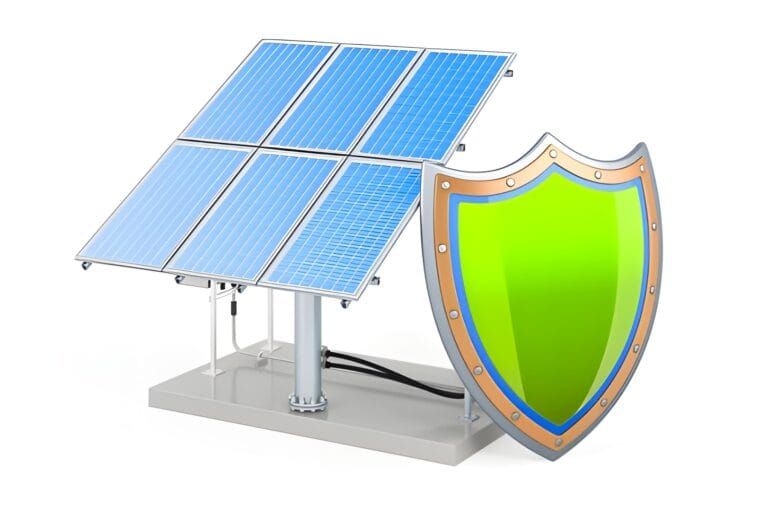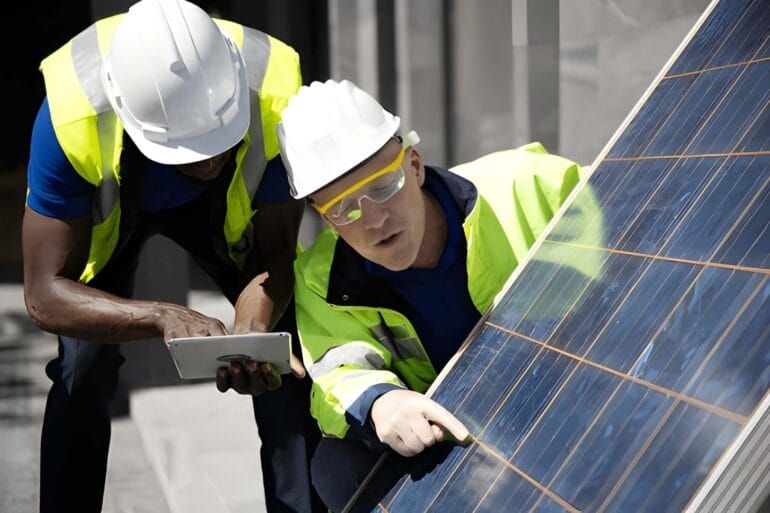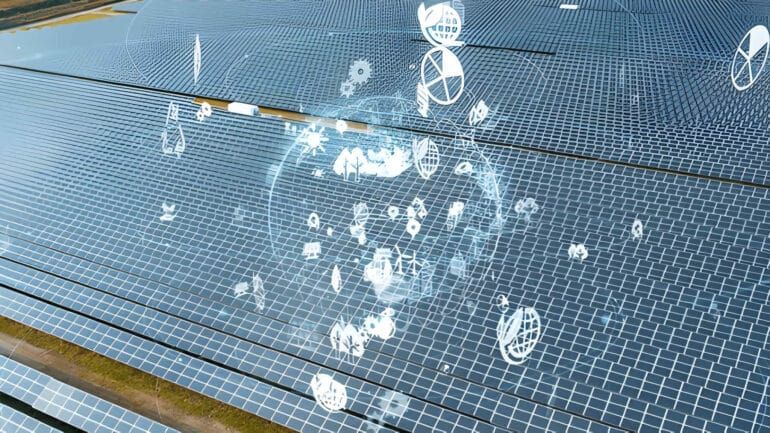Solar panels have revolutionized the way we think about energy consumption. They harness the power of the sun, converting it into electricity to power homes and businesses. But How Do Solar Panels Work With Your Electric Bill? Let’s explore the ins and outs of solar technology and its financial benefits.
What Are Solar Panels?
Solar panels are devices designed to capture sunlight and convert it into usable electricity. They are composed of many individual photovoltaic (PV) cells, which are the key components that transform sunlight into electrical energy. Solar panels are widely used in residential, commercial, and industrial settings to generate clean, renewable energy.
How Solar Panels Work
The Basics of Photovoltaic Cells
Photovoltaic cells, or PV cells, are the fundamental building blocks of solar panels. These cells are typically made from silicon, a semiconductor material that has the unique property of generating electricity when exposed to sunlight. When sunlight hits the PV cells, it excites the electrons in the silicon atoms, creating an electric current. This process is known as the photovoltaic effect.
Conversion of Sunlight into Electricity
Once sunlight strikes the PV cells, the energy from the sunlight knocks electrons loose from their atoms. These free electrons flow through the silicon material, creating an electric current. This direct current (DC) electricity is then channeled through wiring to an inverter. The inverter’s job is to convert the DC electricity into alternating current (AC), which is the type of electricity used in homes and businesses. This AC electricity is then ready to power appliances, lighting, and other electrical devices.
Components of a Solar Panel System
Solar Panels
The solar panels themselves are made up of many PV cells connected together. These cells are usually encased in a protective layer of glass and mounted on a frame. The efficiency and output of solar panels depend on the quality and arrangement of these PV cells.
Inverter
The inverter is a critical component of any solar panel system. It converts the DC electricity generated by the solar panels into AC electricity, which is compatible with household appliances and the grid. There are different types of inverters, including string inverters, microinverters, and power optimizers, each with its advantages and applications.
Mounting System
The mounting system holds the solar panels in place, either on the roof or on the ground. This system ensures that the panels are securely installed at the optimal angle to capture the maximum amount of sunlight. Mounting systems are designed to be durable and resistant to various weather conditions, ensuring the longevity and stability of the solar panels.
Monitoring System
A monitoring system is essential for tracking the performance of the solar panels. It allows homeowners to monitor the energy production and efficiency of their system in real time. This system can help detect any issues early, such as shading or malfunctions, ensuring that the solar panels operate at their maximum efficiency.
How Do Solar Panels Work With Your Electric Bill?
Reducing Electricity Consumption
Solar panels significantly reduce electricity consumption by generating electricity from the sun. During daylight hours, when the sun is shining, your solar panels produce electricity that powers your home. This reduces the amount of electricity you need to draw from the grid, leading to lower electricity bills. The more energy your solar panels generate, the less you rely on traditional energy sources, and the more you save on your electricity bill.
Net Metering Explained
Net metering is a billing arrangement that allows solar panel owners to sell excess electricity back to the grid. When your solar panels produce more electricity than you need, the surplus energy is sent to the grid. In return, you receive credits on your electricity bill, which can be used to offset the cost of the electricity you consume from the grid when your panels are not generating power, such as at night or on cloudy days. This system not only helps you save money but also encourages the use of renewable energy sources.
Benefits of Solar Panels for Your Electric Bill
Lower Electricity Bills
One of the most significant advantages of installing solar panels is the reduction in your electricity bills. By generating your electricity, you decrease the amount of power you need to purchase from your utility provider. Solar panels capture sunlight and convert it into electricity, which can directly power your home’s appliances and lighting.
On sunny days, when your solar panels produce more electricity than you consume, the excess energy can be fed back into the grid. This not only reduces your electricity bill but can also result in credits that offset your energy costs on days when your panels aren’t producing enough power, such as during the night or on cloudy days.
Increase in Property Value
Homes equipped with solar panels often see an increase in property value. Potential buyers are increasingly looking for homes with renewable energy solutions, appreciating the long-term savings on energy bills and the environmental benefits. Studies have shown that solar panel installations can boost property values by approximately 4% to 5%, making your home more attractive in the real estate market.
Environmental Benefits
Solar panels are a key component in the fight against climate change. By generating clean, renewable energy, they significantly reduce greenhouse gas emissions and reliance on fossil fuels. This shift not only helps in lowering your carbon footprint but also promotes a cleaner environment. Solar energy systems produce no greenhouse gases during operation, making them a crucial element in sustainable energy solutions.
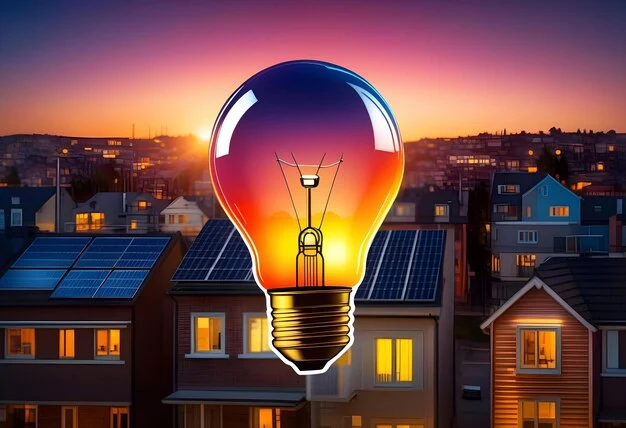
Factors Influencing Solar Panel Efficiency
Sunlight Exposure
The efficiency of solar panels is heavily dependent on the amount of sunlight they receive. Areas with high solar insolation, meaning more sunlight exposure, are ideal for solar panel installations. Factors like geographical location, weather conditions, and seasonal variations play a crucial role in determining how much sunlight your solar panels will receive. South-facing roofs in the Northern Hemisphere generally receive the most sunlight, making them the optimal placement for solar panels.
Temperature
Contrary to what one might think, solar panels are less efficient at high temperatures. While they need sunlight to generate electricity, excessive heat can reduce their efficiency. Most solar panels are designed to operate optimally at moderate temperatures. Therefore, the climate of your area can significantly impact the performance of your solar panels. It’s essential to consider local temperature trends when planning your solar installation.
Angle and Orientation
The angle and orientation of your solar panels are critical for maximizing their efficiency. In general, solar panels should be installed at an angle that allows them to receive the most sunlight throughout the year. In the Northern Hemisphere, a south-facing roof with an angle equal to your latitude is typically ideal. For areas near the equator, a panel angle closer to 0 degrees is often best. Adjusting the angle and orientation according to seasonal changes can further enhance the efficiency of your solar panel system.
Calculating Your Potential Savings
Estimating Energy Production
To estimate the energy production of your solar panel system, you need to consider the system’s size, the efficiency of the panels, and the average sunlight hours in your location. Solar calculators and professional assessments can provide a detailed estimate of your system’s output. For example, a 5kW solar panel system in a sunny region might generate around 6,000 to 7,000 kWh per year, depending on various factors such as shading, roof angle, and orientation.
Understanding Your Energy Usage
Understanding your energy consumption patterns is crucial for determining the size and type of solar system you need. Review your past electricity bills to identify your average monthly usage. This information will help you calculate the number of solar panels required to meet your energy needs. Solar providers often offer tools and consultations to help you estimate how much energy you can produce and how much you can save on your electric bill.
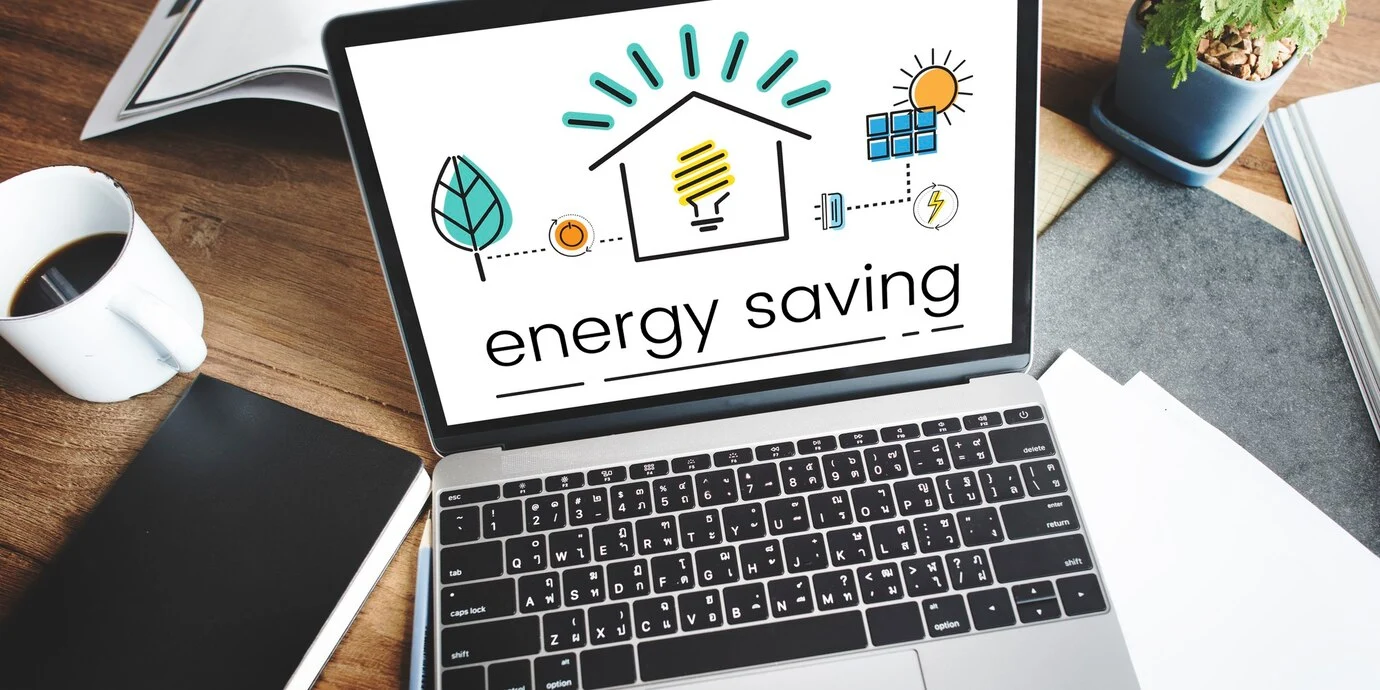
Costs and Financing Options
Initial Investment
The initial investment in solar panels can be significant, but the long-term savings often outweigh the upfront costs. The total cost depends on factors such as the size of the system, the type of panels, and the installation complexity. While the prices have decreased over the years, it’s essential to get multiple quotes and compare different systems to find the best value for your investment.
Solar Leases and Power Purchase Agreements (PPAs)
If purchasing a solar system outright isn’t feasible, solar leases and power purchase agreements (PPAs) are excellent alternatives. With a solar lease, you pay a monthly fee to use the solar system installed on your property, without the need for a large upfront investment. PPAs, on the other hand, allow you to purchase the electricity generated by the solar system at a fixed rate, often lower than the local utility rates. Both options reduce the financial burden and provide immediate savings on your electricity bill.
Government Incentives and Tax Credits
Many governments offer incentives, rebates, and tax credits to encourage solar adoption. These financial incentives can significantly reduce the overall cost of installing solar panels. For instance, the Federal Investment Tax Credit (ITC) in the United States allows homeowners to deduct a percentage of the cost of installing a solar energy system from their federal taxes.
Maintenance and Longevity
Cleaning and Upkeep
Regular cleaning and maintenance are essential to ensure that your solar panels continue to operate at peak efficiency. Dust, dirt, bird droppings, and other debris can accumulate on the surface of the panels, blocking sunlight and reducing their efficiency. Here’s how to keep your solar panels in top shape:
- Cleaning Frequency: Depending on your location, cleaning your panels every 6 months to a year is generally sufficient. Areas with heavy dust or bird activity might require more frequent cleaning.
- Cleaning Method: Use a soft brush, a hose with a gentle spray, or a professional solar panel cleaning service. Avoid using abrasive materials or harsh chemicals that could damage the panels.
- Safety Precautions: If you’re cleaning your panels yourself, ensure you use a safe ladder and avoid walking on the panels. For a higher level of safety and efficiency, consider hiring a professional.
Warranty and Lifespan
Solar panels are designed to be durable and long-lasting, with most manufacturers offering warranties that cover performance and product defects. Here’s what you need to know about the warranty and lifespan of solar panels:
- Typical Warranty Period: Most solar panels come with a 20 to 25-year warranty. This warranty usually covers both the performance and the materials of the panels.
- Performance Guarantee: The performance warranty ensures that the panels will produce a certain percentage of their original output over a specified period, typically around 80% to 90% after 25 years.
- Lifespan Expectancy: With proper maintenance, solar panels can last 25 to 30 years or more. Advances in technology have improved the durability and efficiency of modern solar panels, making them a reliable long-term investment.
- Manufacturer’s Reputation: When choosing solar panels, consider the reputation and reliability of the manufacturer. Well-known brands with a track record of quality and customer service are often the best choice.
Conclusion
Solar panels offer a compelling solution to reduce your electricity bills, increase your property value, and contribute positively to the environment. By harnessing the sun’s energy, you not only save money but also promote a cleaner, more sustainable future. Understanding how solar panels work, the benefits they bring, and the factors influencing their efficiency can help you make an informed decision about investing in solar energy.
Frequently Asked Questions
How much do solar panels cost, and are there any incentives available?
The cost of solar panels varies based on system size and location, but the initial investment is often offset by government incentives, rebates, and tax credits. Programs like the Federal Investment Tax Credit (ITC) in the US can significantly reduce the cost.
How long do solar panels last, and what kind of maintenance do they require?
Solar panels typically last 25 to 30 years with proper maintenance. Regular cleaning to remove dust and debris, along with occasional checks for shading or damage, are essential. Most panels come with a 20 to 25-year warranty, ensuring their performance and reliability over the long term.
Can solar panels work on cloudy days or in areas with less sunlight?
Yes, solar panels can still generate electricity on cloudy days, although their efficiency is reduced compared to sunny days. Modern solar panels are designed to perform well under various lighting conditions, and they can still produce electricity even when the sky is overcast.


